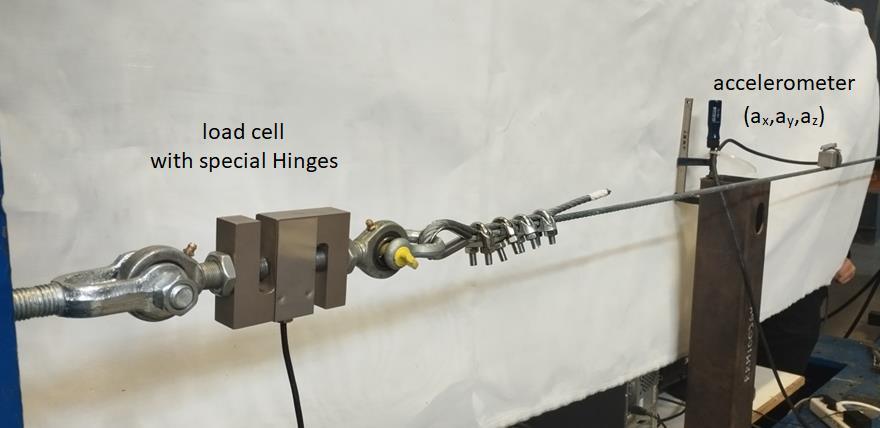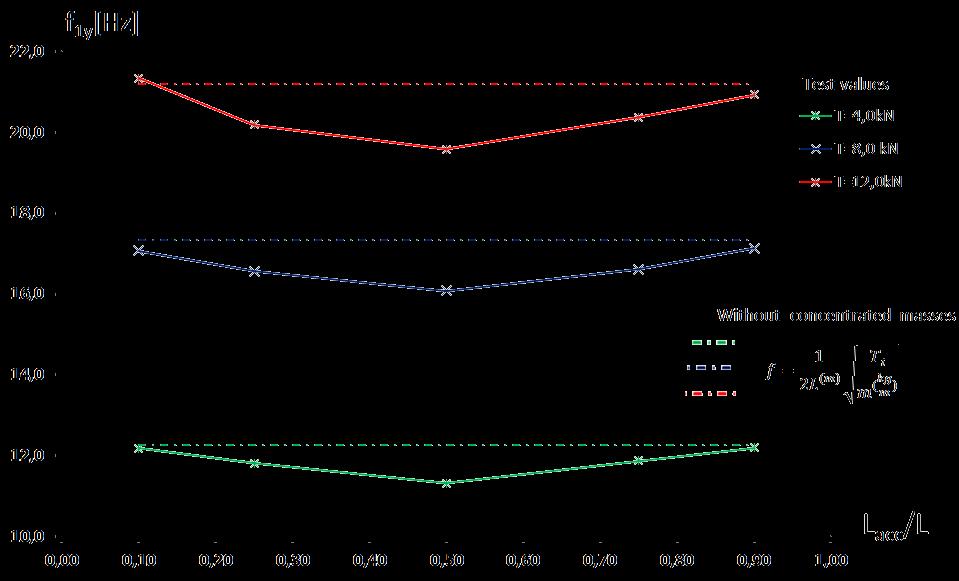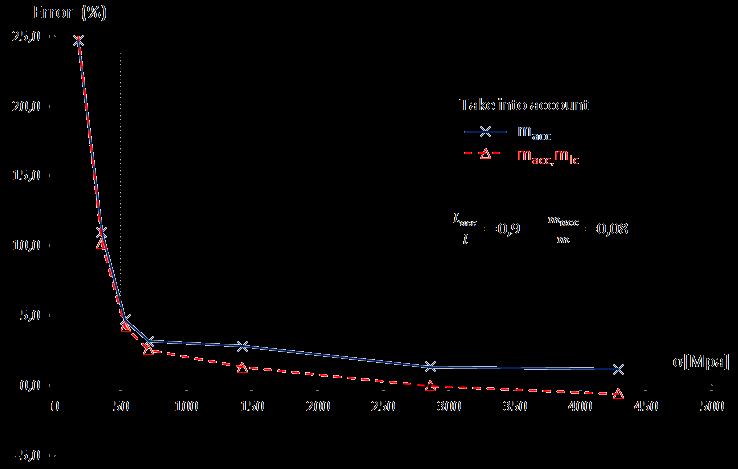
1 minute read
Estimation of cable tension using measured natural frequencies
In tensile structures the estimation of cable tensile force is necessary to monitor the erection process at different construction stages, as well as to reliably assess the cables’ structural condition via regular inspections. Recently, the accuracy of cable force estimation through the free vibration method was experimentally investigated at the Institute of Steel Structures. In particular, triggering free vibrations by handexcitation,thenaturalfrequenciesf(Hz)andcable tension T (kN) were simultaneously measured through a 3-axis accelerometer and a load cell.
Table 1 shows the cable cross-sectional properties and describes the experimental setup (fig. 2), where L=5.45m is the horizontal cable length, considered as simply supported, m=0.2196kg/m is the measured cable weight per unit length and macc=0.10kg, mLC=1.10kg are the masses of additional equipment.
Advertisement

Dueto therelatively shortcable length,the presenceof instrument masses affects the measurement of natural frequency. In figure 3, the test values of out-plane natural frequency for several cable forces and accelerometer positions along the length of the cable are presented and compared to the theoretical values
According to the string vibration theory, the response of the taut cable in the transverse direction can be described by the following equation: where y(x, t) is the transverse displacement of the cable, t is the time and m(x) is the cable mass along the longitudinal direction, which is modified via a Dirac signal function [1] to take into account the influence of instrument masses considered as concentrated. Τo determine the accuracy of the correlation between the measured natural frequency and the actual cable force, the experimental results and the theoretical values in terms of cable forces are compared. The comparison at various stress level σ(MPa) with the accelerometer positionat0.9Lisconducted,quantifyingalsotheeffect of load cell mass (Table 2, figure 4).

In figure 4 a lower stress level threshold can be detected, below which the relative error rate rapidly becomesunacceptable.Belowthisthreshold,theeffect of sag-span ratio and the variation of axial stiffness EI are not negligible and therefore the response is not governed by the simplified taut cable equation.
On the other hand, for higher exploitation level a good correlation between the experimental results and the theoretical values for engineering purposes (error<5%) is obtained.

The research is ongoing and cables of larger length, with various inclination and axial stiffness will be examined, investigating the aspects of the behavior change with respect to stress level. Also, upgraded theoretical tools should be developed to validate the test results over the full range of axial stresses.
References
1. Deyou Liu, Chenghui Jia, Bingjie Song, Dawang Li: Singular Function Model of Concentrated Mass-Cable Composite Structures, Journal of Vibration Engineering & Technologies (2022) 10:2657–2667
2. Byeong HwaKima,TaehyoParkb: Estimationofcable tension force using the frequency-based system identification method, Journal of Sound and Vibration 304 (2007) 660–676
by Konstantinos

